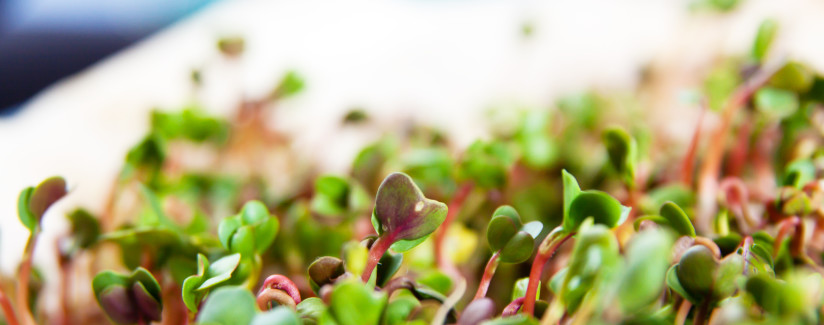
What are Genetically Modified Foods? A Basic Explanation of a Hefty Topic
We gathered questions from consumers about foods grown using genetically-modified organisms. From those questions, we developed a five-part video series to address the many angles of this topic, including general information, food safety, nutrition, labeling and environmental impacts.
We paired up a California mom of two boys, Colleen Cecil, with Dr. Denneal Jamison-McClung, Associate Director of the Biotech Program at the University of California-Davis, to get a baseline understanding of what GMOs are, what they do in the plant and where you can find them in the grocery store.
We’re interested in understanding what additional questions you have for Dr. Denneal. Feel free to submit questions below or here.
We’ve explored the basics of genetic modification in the past with Dr. Peggy Lemaux from the University of California, Berkeley. For over a decade, Dr. Lemaux and her colleagues have worked to compile a database of such information for consumers and colleagues: www.UCBiotech.org. On the site, there are gobs of resources focused on biotechnology, which address the many angles of the topic.
With that, let’s start with the basics!
What is biotechnology?
Biotechnology literally means “the use of a living organism to perform a task or function.” Historically, the term was used to describe processes like cheese, yogurt, wine or beer production. In modern terms, however, biotechnology is commonly used to refer to the newer methods of genetic engineering of organisms.
What are genetically modified organisms?
The term GMO, or genetically modified organism, refers to “a plant or animal altered using modern techniques of genetic modification,” commonly termed genetic engineering. Since crops have been genetically modified by classical methods for centuries, a more accurate term for the foods and crops created with the technologies used today might be GE or genetically engineered.
What crops are GMOs?
U.S. commercially grown genetically modified crops (accurate for 2010) include corn, soybean, cotton, canola, sugar beets, papaya, squash, and alfalfa.
Still have questions? Submit them below or here.
“Green organic sprouts growth” by Pawel Pacholec is licensed under CC BY 2.0.



























